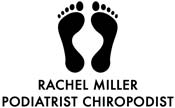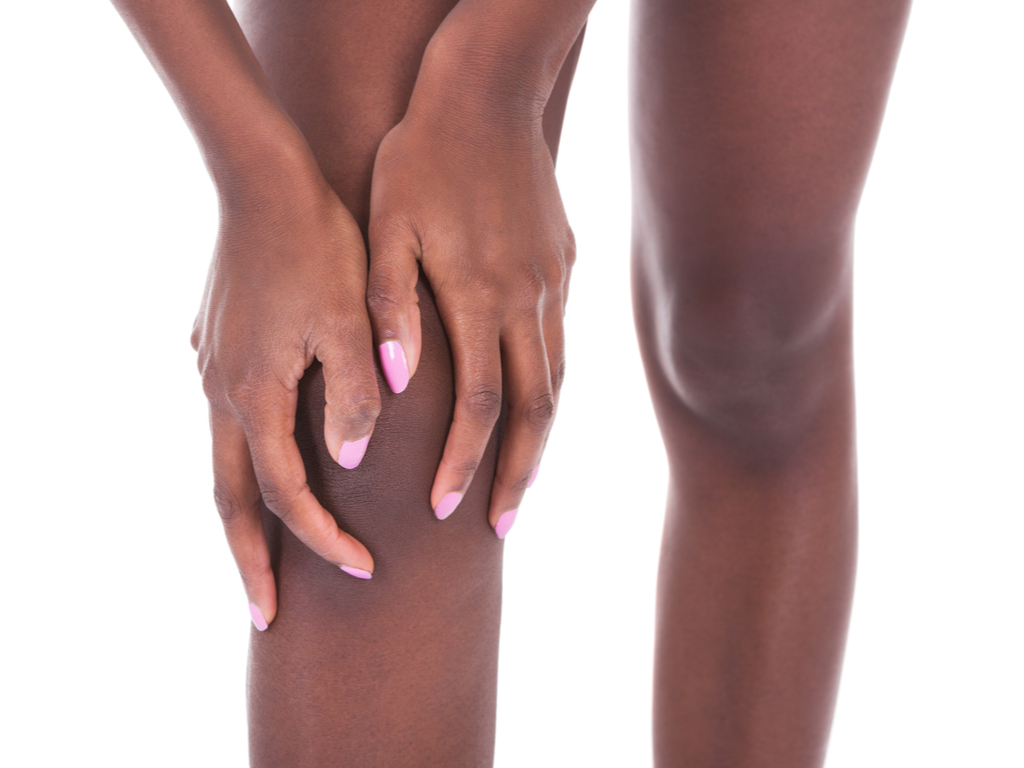Knee Pain
Rachel Miller is a highly experienced podiatrist who treats many patients for knee pain.
There are many causes for knee pain as they are particularly susceptible to an acute or overuse injury. Common conditions include patellofemoral pain syndrome, Osgood-Schlatter disease and patella tendinopathy.
The knee is known as a hinge joint and is one of the largest and most complex joints in the body. Knee pain can occur in all ages, the young and the old are particularly vulnerable. It is also a very common condition in sportspeople engaged in repetitive load bearing or high impact sports. A thorough assessment by an experienced podiatrist can diagnose the cause of knee pain and provide a treatment plan to help support recovery.
Please see below if you want more detailed explanation of some common knee pain conditions, their symptoms, causes and treatment.
Call the Clinic for an appointment
The Knee
The following is a list of some knee conditions; see their individual pages for more detailed information.
Links to common knee conditions include:
Symptoms of knee pain
Symptoms of knee pain include:
- swelling and stiffness
- weakness or instability
- clicking, popping and crunching sounds in your knee; this is called crepitus
- inability to straighten or bend the knee
- redness and warmth
You should seek advice from a medical practitioner if you have among other symptoms:
- if you can’t put weight on your knee and it feels unstable
- if you have trouble bending or straightening your knee
- if your knee is swollen
- if you are in severe pain
- if you have a fever with swelling and redness of the knee
Causes of knee pain
The knee joint comprises bones, cartilage, ligaments, tendons, bursae, and the menisci. Injury or dysfunction affecting any of these structures can result in knee pain. Common causes of knee pain include:
Injury –
- Ligament damage – There are 4 main ligaments in the knee connecting the femur to the tibia. Anterior cruciate ligament (ACL), Posterior cruciate ligament (PCL), Medial collateral ligament (MCL), Lateral collateral ligament (LCL). They are bands of tough, elastic connective tissue that surround a joint to give support and limit the joint’s movement. If damaged, often in a sports injury, the knee joint can become unstable.
- Torn meniscus – Each knee has two C-shaped pieces of cartilage, menisci, that act like a cushion between your shinbone and your thighbone. A torn meniscus can result from any activity that causes you to forcefully twist or rotate your knee and is also found in many sportspeople. If you tear your menisci, it can cause pain, swelling, stiffness and maybe a popping sensation. Other symptoms include: you might feel your knee is locked, an inability to extend your knee and a feeling of your knee is giving way.
Mechanical Problems –
- Patella tendinopathy – Jumper’s Knee, is often described as an overuse injury affecting the knee joint’s patellar tendon. The patellar tendon is a thick band of tissue that connects the knee-cap (patellar) to the shin bone (tibia). Jumping activities place high strains on the tendon and the condition is common in basketball players, tennis players, volleyball players, track and field athletes as well as football players. See the Patella tendinopathy page for more information.
- Iliotibial band syndrome (ITB) – is a thickened band of connective tissue, which starts at the outside of your pelvis and extends to just below your knee joint. It helps with stability of your knee joint while you are standing, walking or running. This is considered to be an overuse injury and runners and bicyclists may develop the condition. It can be caused by a biomechanical problem in your hips, pelvis and lower back and an examination of your gait may identify the cause.
Patellofemoral pain syndrome – (runner’s knee) is an umbrella term to describe pain in the front of the knee, in and around the kneecap. It can be considered to be a soft tissue disorder. It is often an overuse injury, especially found in some sportspeople such as runners and is common condition in young people and women. The “patella” means kneecap and “femur” means thighbone and patellofemoral pain may originate between the kneecap and thighbone and can have many underlying causes. See the Patellofemoral pain syndrome page for more information.
There are over 100 types of arthritis and common types found in the knee include:
- Osteoarthritis – is the most common type of arthritis, where the cartilage in the knee wears away, often in late middle age. See the Arthritis page for more information.
- Rheumatoid arthritis – is an autoimmune disease, an inflammatory condition and can be the most debilitating form of arthritis. It can occur at any age. See the Arthritis page for more information.
- Gout – a type of arthritis that occurs when uric acid crystals build up in the joint. The crystals are like very small needles in the knee joint and can produce inflammation, pain, and swelling.
Risk factors for knee injury and pain include:
- being overweight
- previous injury
- certain sports; overuse injuries
- trauma
- bacterial infections such as cellulitis
- lack of muscle strength
- hereditary factors
- age
- lifestyle, diet, smoking, lack of exercise
Treatment of knee pain
A biomechanical assessment from an experienced podiatrist can help diagnose your knee condition and provide a treatment plan.
Initial treatment for knee pain includes P.R.I.C.E. (protect, rest, ice, compression, and elevation)
Other treatment will depend on what your condition is but might include:
- medication
- strengthening exercises
- modifying training techniques
- stretching exercises
- change of footwear
- orthotic insoles
- lifestyle changes
- weight management
You cam be prescribed a bespoke orthotic insole as part of your treatment plan. This orthosis may help to relieve pain caused by some knee conditions.
Call the Clinic for an appointment
Rachel Miller is a highly experienced podiatrist specialising in biomechanics who sees many patients for knee pain. Her clinic, Highgate Podiatry, is in Highgate Village, 14 Pond Square, N6 6BA, London. Clinics are held every Wednesday, Thursday, Friday and Sunday. Please contact the clinic for an appointment on 020 8348 5553. For the clinic’s address, map and directions see the Contact page and for information about orthotic insoles and biomechanics see the Biomechanics page.
Link to Services:
Link to Conditions Treated Include:
- Achilles tendinopathy
- Ankle fractures
- Ankle injuries
- Arthritis
- Back pain
- Bunions
- Corns/Calluses
- Diabetic care
- Flat feet
- Fungal toenail/athlete’s foot
- Haglund’s deformity
- Hammer toe and mallet toe
- Heel pain
- High arches
- Hypermobility
- Ingrown toenail
- In-toeing, toe walking, curly toes
- Knee injuries
- Metatarsalgia
- Morton’s neuroma
- Osgood-Schlatter disease
- Overuse injuries
- Patella tendinopathy
- Patellofemoral pain syndrome
- Plantar fasciitis
- Sever’s disease
- Sprained ankles
- Stress fractures
- Tarsal tunnel syndrome
- Toenails






